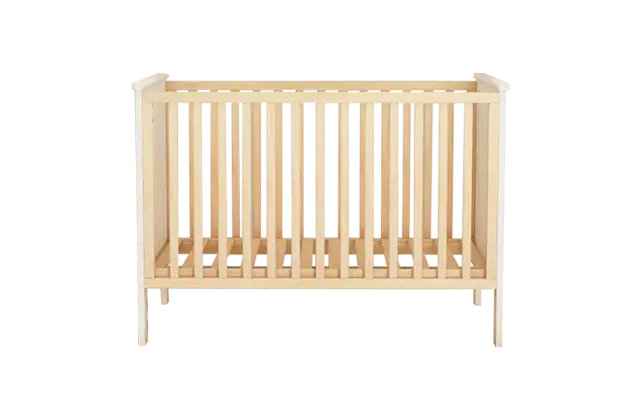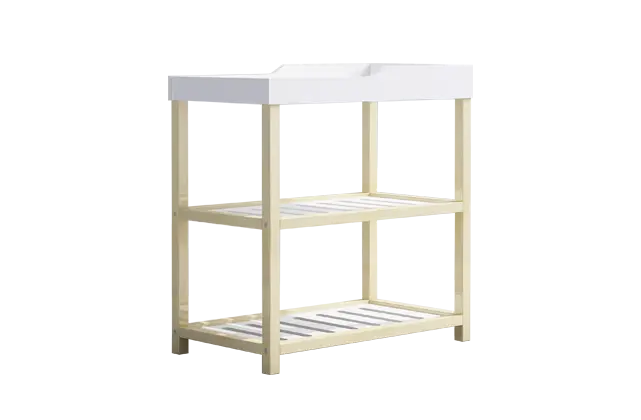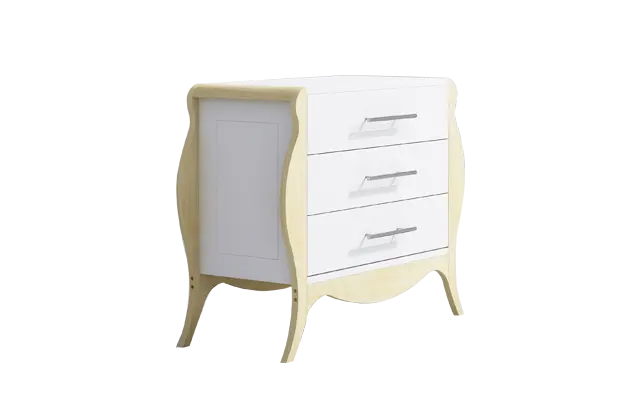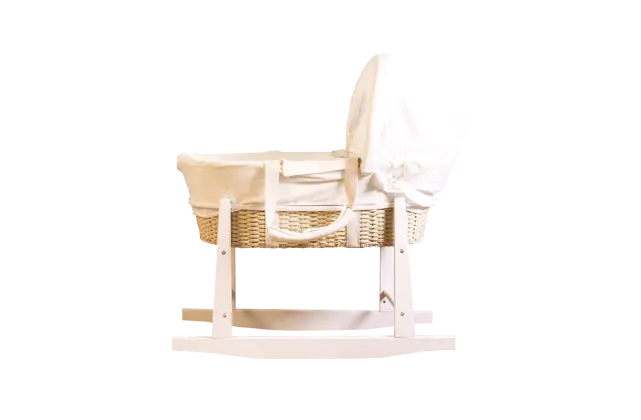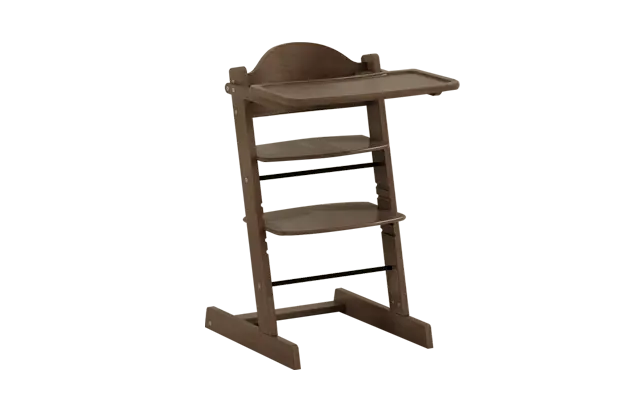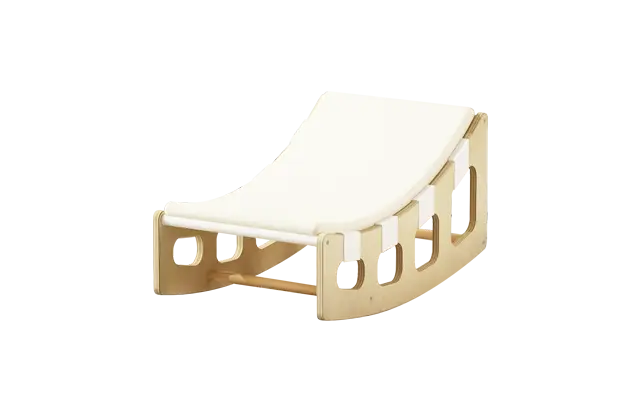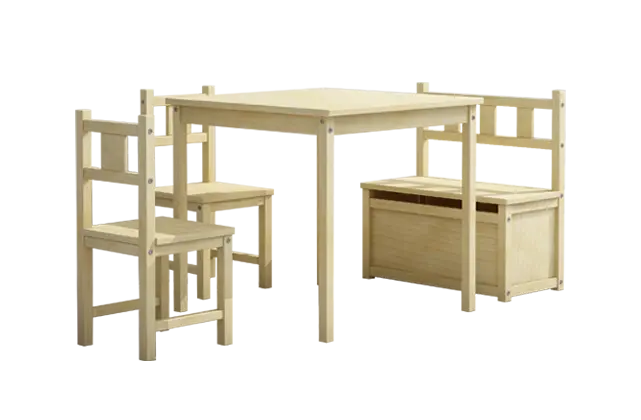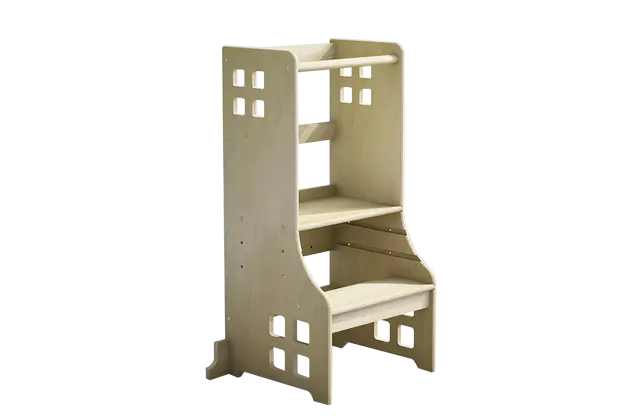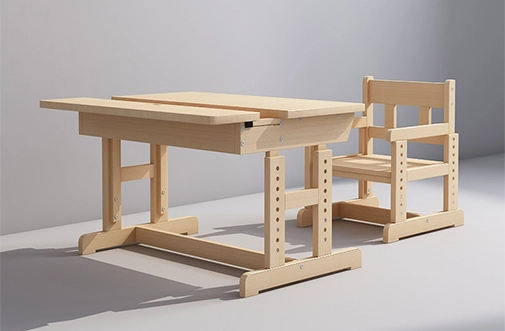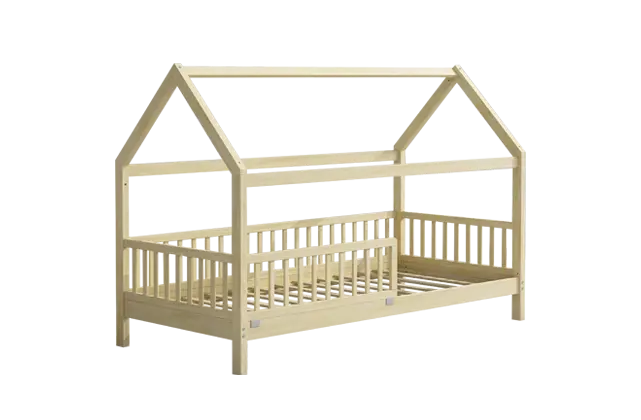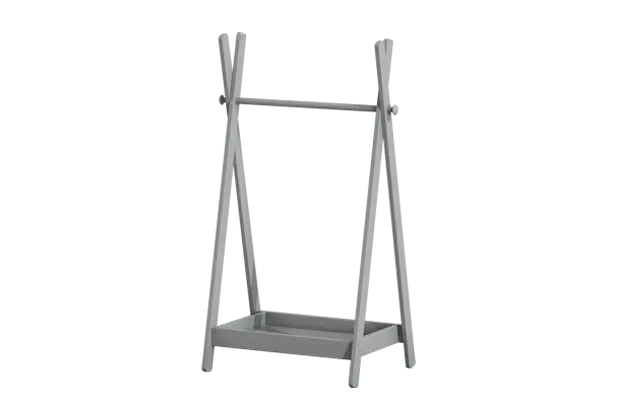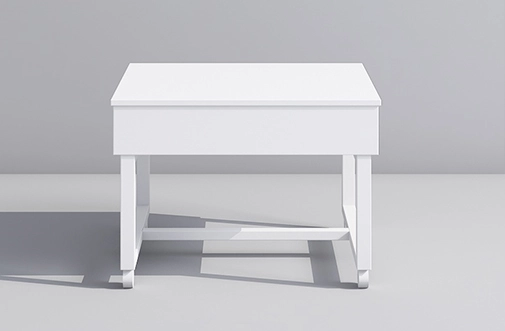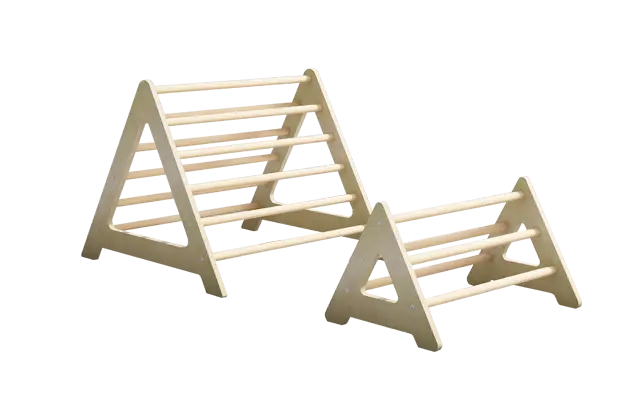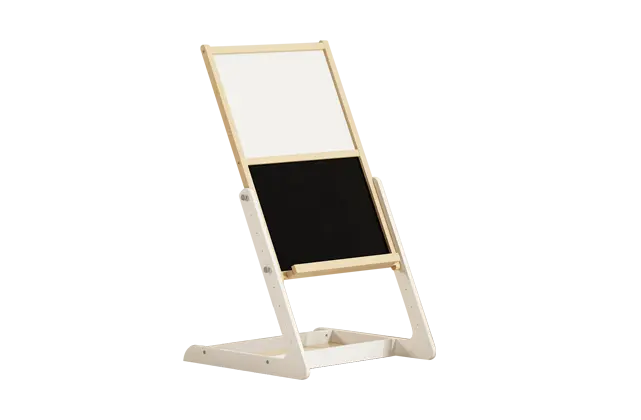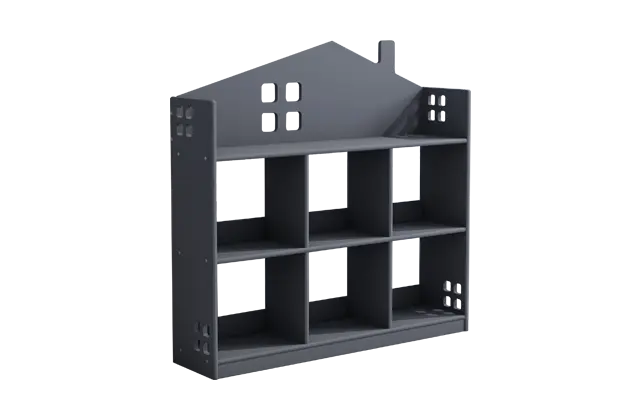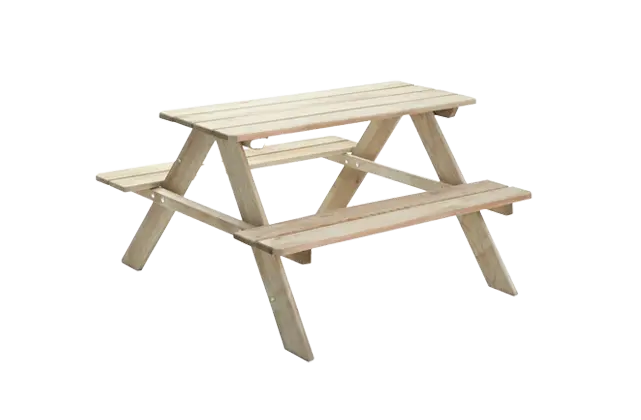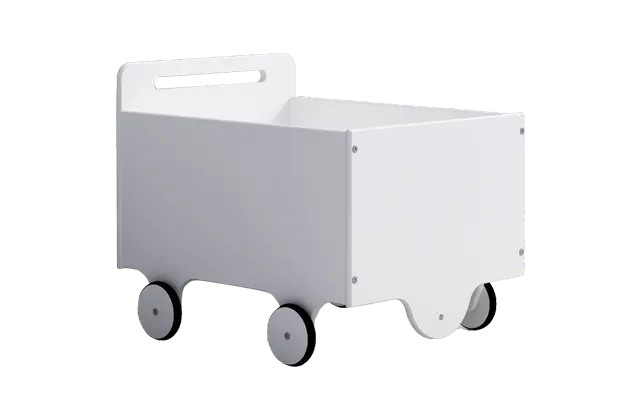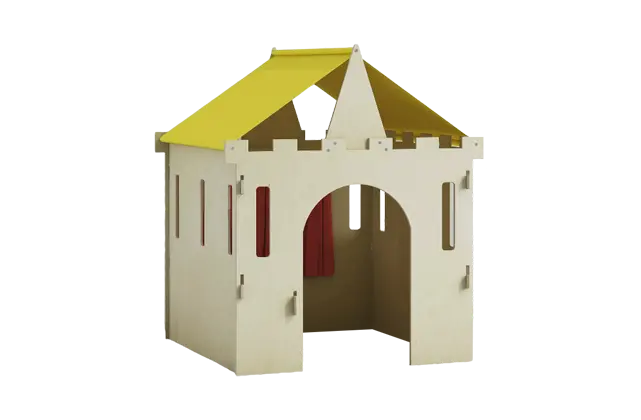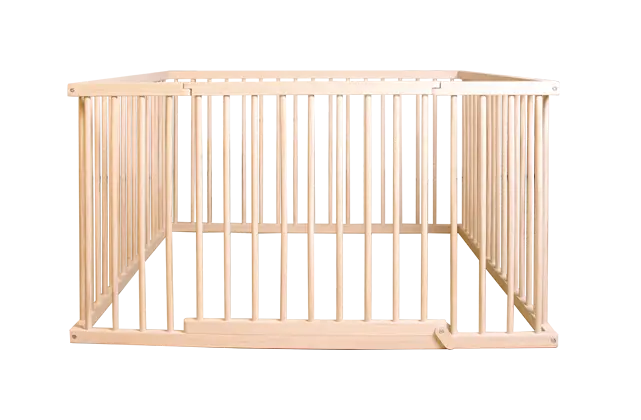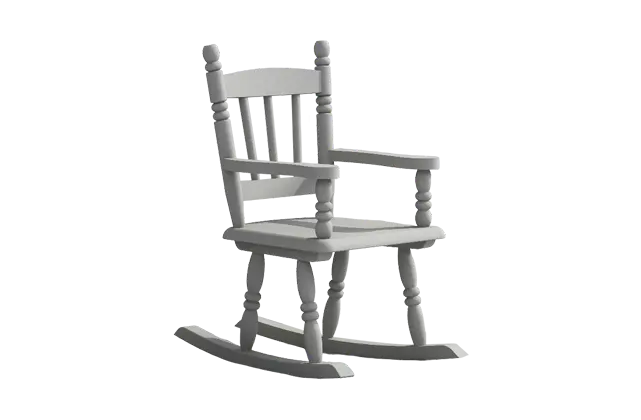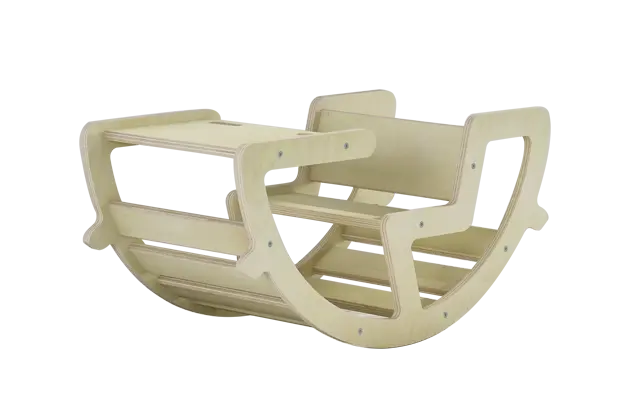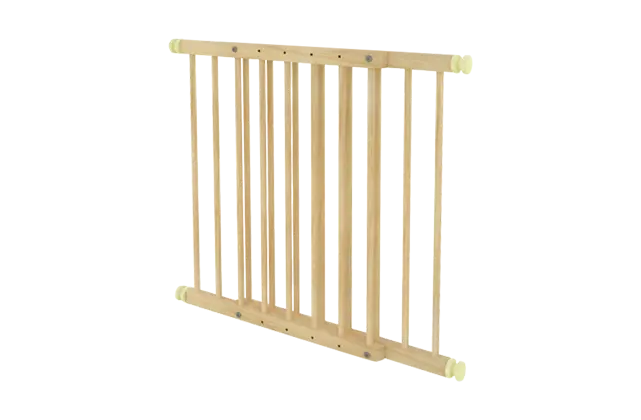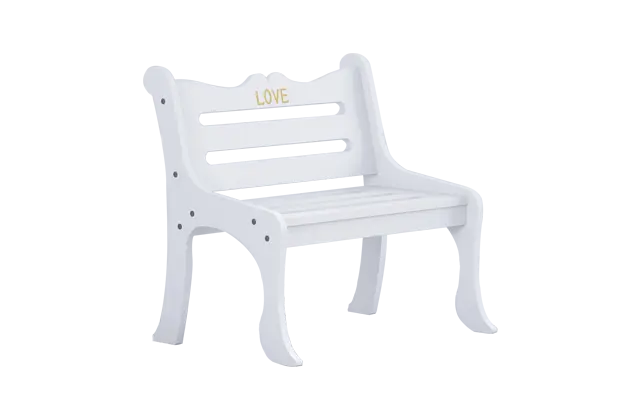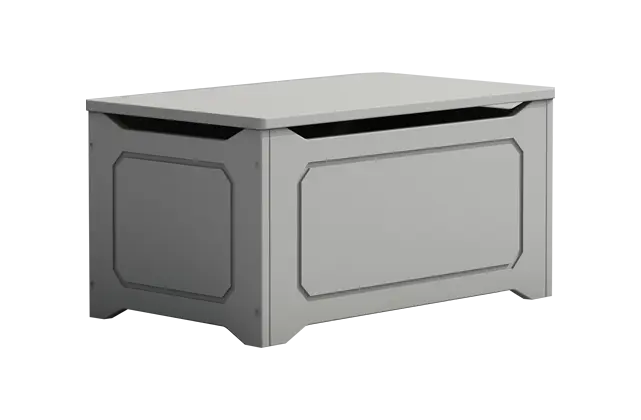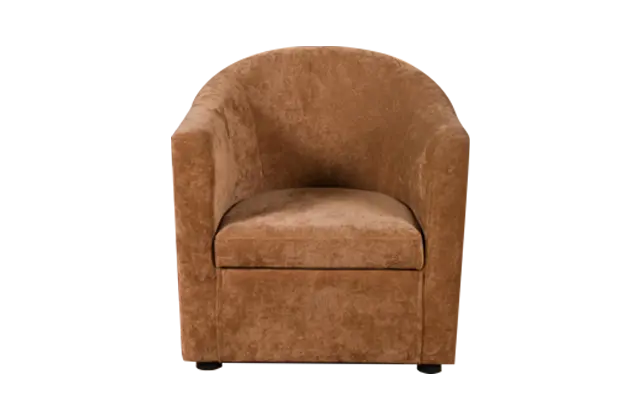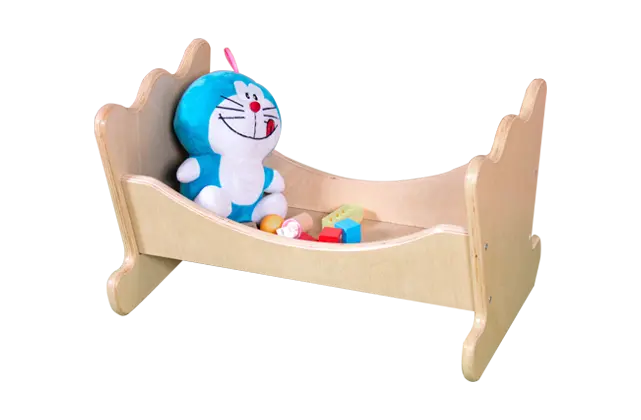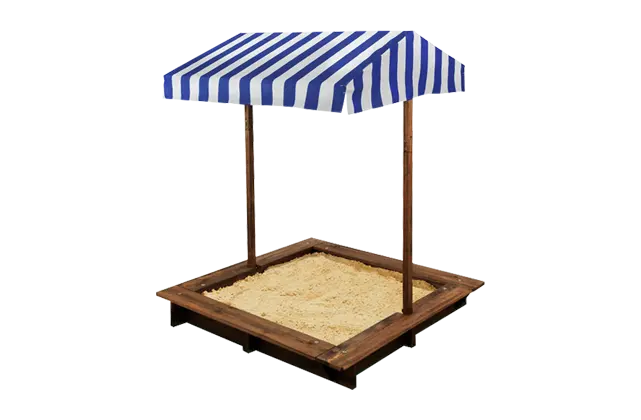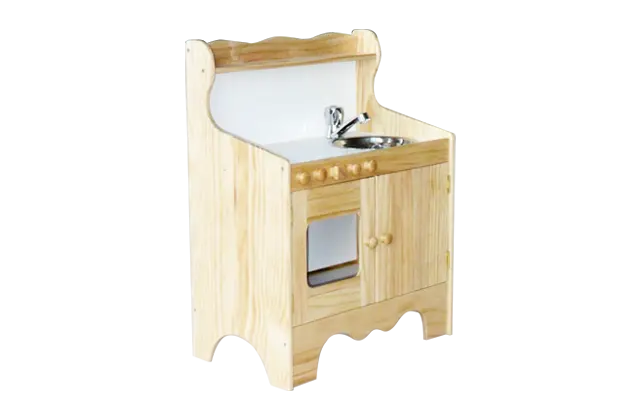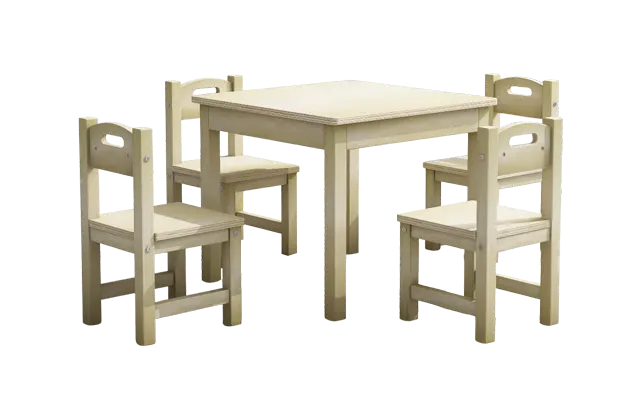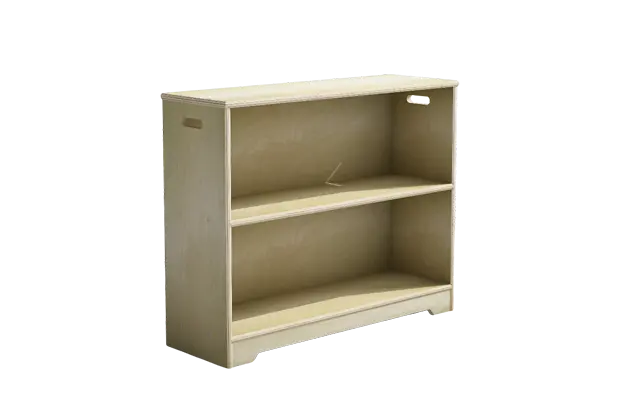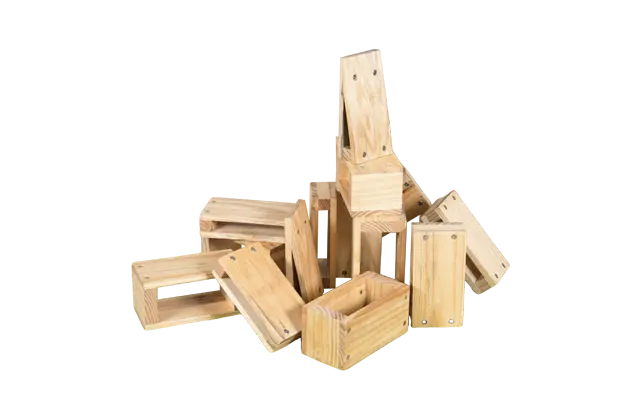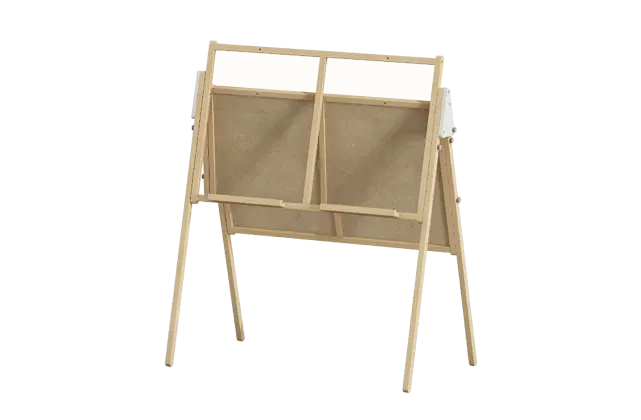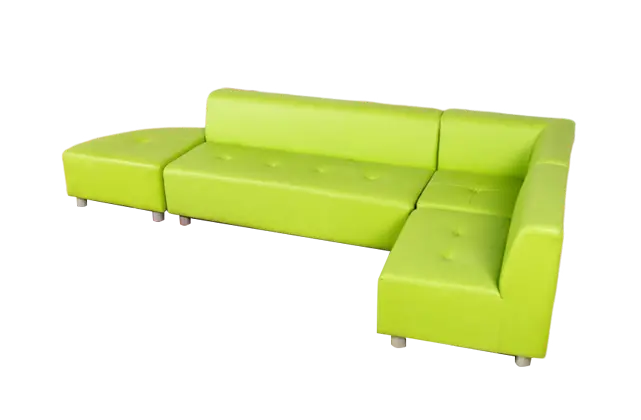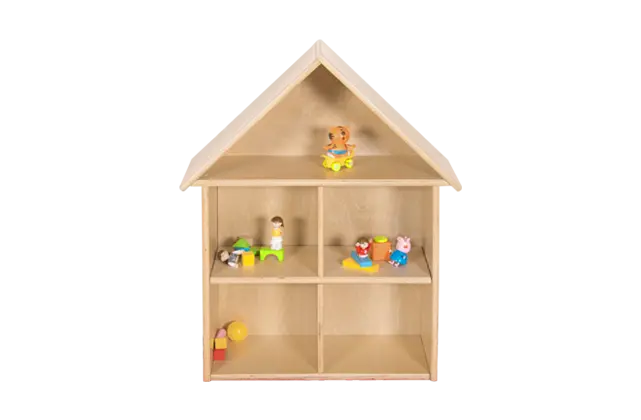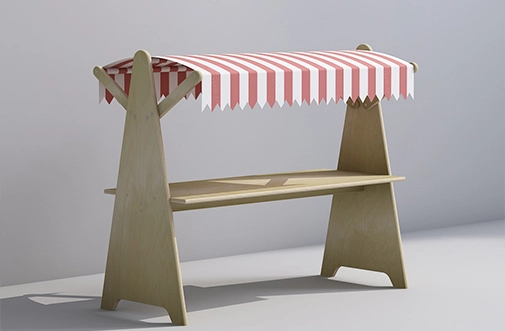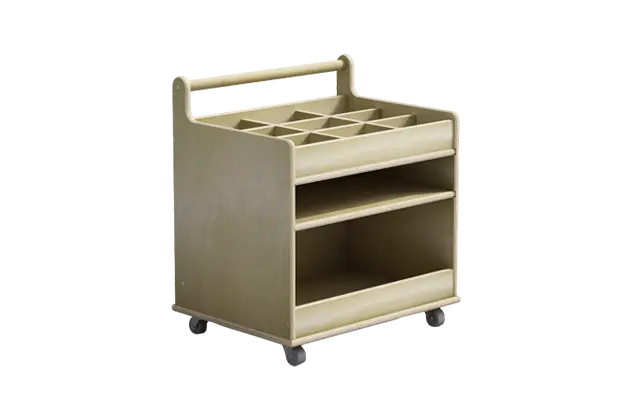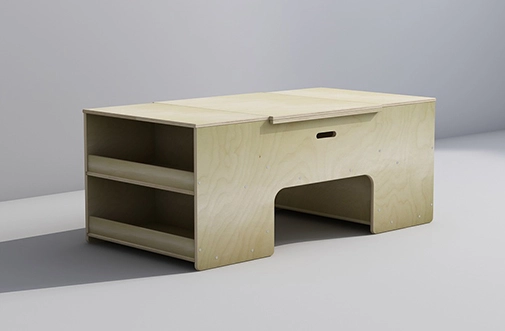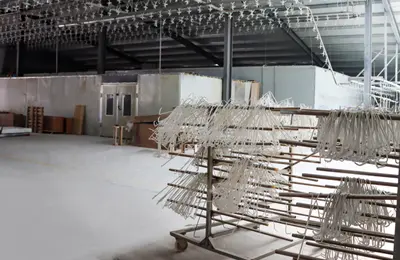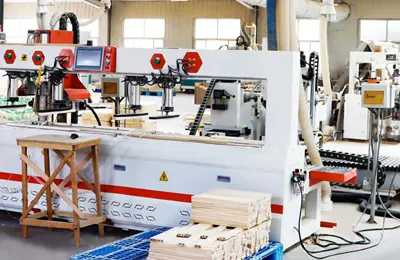Various Choices of Homish Montessori Home Corner
Homish Montessori home corners offer a diverse range of thoughtfully designed spaces that cater to different developmental needs and interests of children. Each type of home corner is crafted to create an engaging and functional environment, encouraging independent learning and exploration. Here are some popular choices:
1. Reading Nook:
Features: Child-sized bookshelves, comfortable seating, soft rugs, and a variety of age-appropriate books.
Benefits: Promotes a love of reading, language development, and quiet reflection. This space is perfect for storytelling, independent reading, or enjoying family reading time.
2. Practical Life Corner:
Features: Child-sized kitchen tools, cleaning supplies, and real-life objects like fruit baskets or small plants.
Benefits: Helps children develop fine motor skills, independence, and a sense of responsibility by engaging in everyday activities such as pouring, sweeping, or food preparation.
3. Art and Creativity Corner:
Features: An easel, drawing paper, child-safe paints, crayons, and a display board for showcasing artwork.
Benefits: Encourages creative expression, fine motor development, and imaginative thinking. Children can freely explore their artistic abilities in a dedicated, organized space.
4. Math and Sorting Station:
Features: Counting beads, number boards, sorting trays, and geometric shapes.
Benefits: Supports early math skills, logical thinking, and problem-solving abilities through hands-on activities like counting, sorting, and pattern recognition.
Case Studies: Successful Implementations of Montessori Home Corners in Homes and Schools Worldwide
The concept of Montessori home corners has gained popularity globally as parents and educators seek to create engaging, child-centered learning environments. These case studies highlight how various families and schools have successfully implemented Montessori home corners, fostering independence, creativity, and holistic development in children.
1. Creating a Cozy Reading Nook in a Small Urban Apartment (New York, USA)
Challenge: A family living in a small urban apartment wanted to create a dedicated reading space for their preschooler without taking up too much room.
Solution: They installed a Homish Montessori reading nook in a corner of the living room, featuring low shelves with a rotating selection of books, a soft rug, and child-sized seating. The family added a few cushions and a lamp to create a cozy atmosphere.
Outcome: The child began spending more time reading independently, choosing books from the shelves, and enjoying quiet moments in the nook. The space also became a favorite spot for family read-aloud sessions, fostering a love for books and storytelling.
2. Practical Life Corner in a Rural School (Bali, Indonesia)
Challenge: A rural Montessori school wanted to teach practical life skills to young children but lacked appropriate child-sized furniture and materials.
Solution: The school implemented a Homish practical life corner with child-sized kitchen tools, cleaning supplies, and gardening equipment. Activities included washing dishes, watering plants, and sweeping.
Outcome: Students quickly became more independent and engaged in maintaining their classroom environment. They learned valuable life skills, such as cleaning and caring for plants, and the corner became a cornerstone of daily classroom routines.
3. Sensory Play Area for Children with Special Needs (Sydney, Australia)
Challenge: A special needs center needed a sensory play area to support children with sensory processing challenges and developmental delays.
Solution: The center set up a Homish Montessori sensory play corner, featuring tactile materials like sand, water beads, and textured fabrics. They also included sensory bins, a calming sensory board, and weighted items for sensory input.
Outcome: The sensory corner became a popular space where children could engage in calming activities, explore different textures, and develop sensory processing skills. Parents and therapists noted improvements in children’s self-regulation and sensory integration.
 Jul 11, 2024
Jul 11, 2024 
